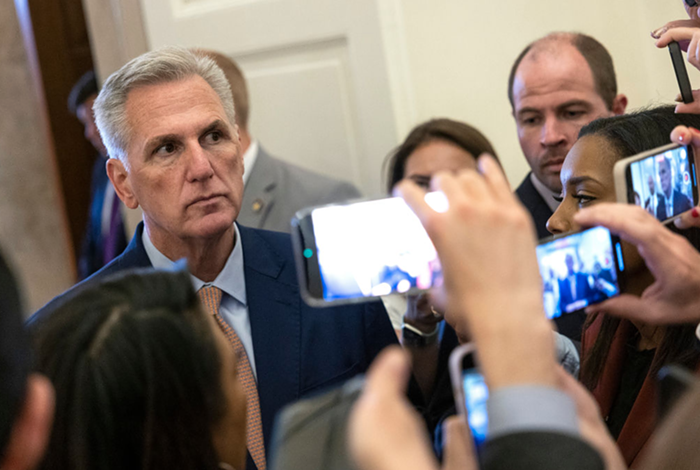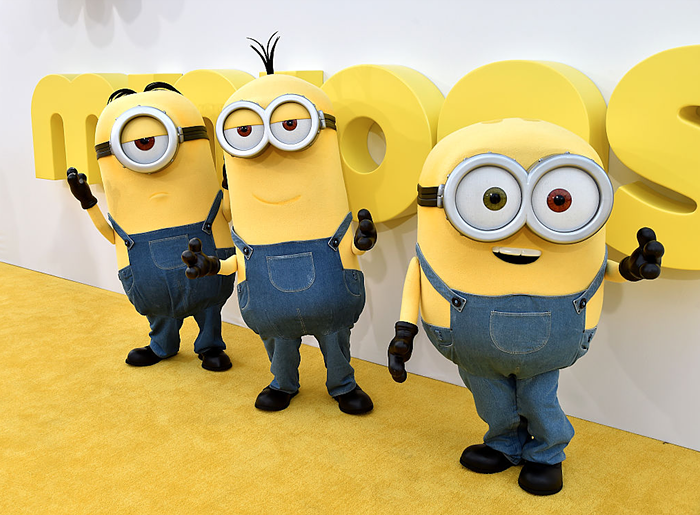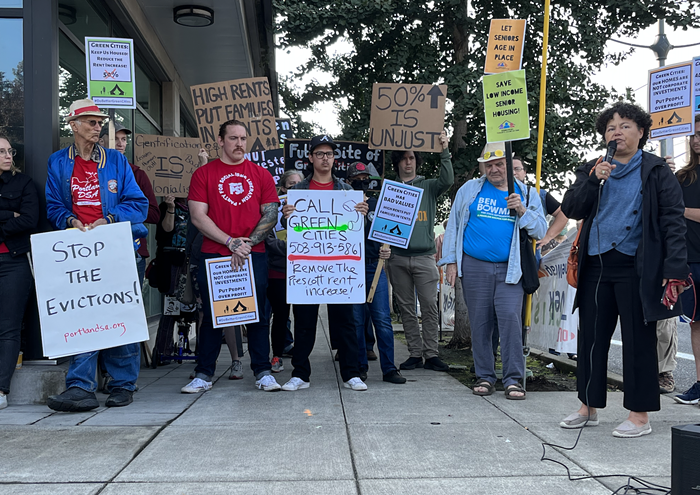“The two-hour film has had a great run over 100 years, but it’s become very difficult to work in,” said Avengers: Endgame co-director Joe Russo in December. Filmmakers’ focus on two-hour movies, Russo joked, was the equivalent of writers saying, “Hey, we all love sonnets. Let’s just write sonnets for 100 years.”
“We have to destroy the past by wiping the slate clean and saying that, ‘Yes, cinema is dead, but filmmaking is very much alive,’” said Drive director Nicolas Winding Refn earlier this month. “It doesn’t mean that going to the cinema isn’t beautiful or wonderful or something we all like to do, including myself, but the reality is in the future the audience will consume content on their telephones,” continued Refn, whose next project, Too Old to Die Young, is a 16-hour Amazon series. “Instead of fighting that or trying to villainize that, we have to embrace it and say that the telephone coexists with the cinema screen.”
And in March, David Fincher talked about having his Netflix shows Mindhunter, House of Cards, and Love, Death and Robots ignore outdated television runtimes. “We have to get rid of the 22-minute and 48-minute, because there’s this Pavlovian response to this segmentation that, to me, seems anathema to storytelling,” Fincher said. “You want the story to be as long as it needs to be to be at maximum impact or entertainment value.”
Speaking of maximum impact: This week the three-hour-long Avengers: Endgame slams into multiplexes, having already annihilated any and all competition. Endgame will provide the ending (well, one ending) to a saga that’s been told in piecemeal chunks across no fewer than 22 blockbusters. That’s enough to make any two-hour movie seem like an outdated sonnet—and it’s impossible to imagine going back. Franchises used to be a good way for movie studios to make money; now they might be the only way to make money.
Endgame seems like a crystalline example of what happens when corporate synergy, cheap technology, and a desperate need for candy-colored fantasy all line up.
The shift toward storytelling that’s longform in the extreme has a slew of causes: It’s in part thanks to the rise of data-mining streaming services, which rely on monopolizing viewers’ attention for as long as possible. It’s in part thanks to late-stage capitalism, where cannibalistic corporations have left fewer and fewer content producers. (In November, de facto entertainment monopoly Disney will supplement Hulu, the streaming service it already has a majority stake in, with Disney+, a streaming service that will make it even easier and cheaper to consume content from Disney’s Marvel brand, its Lucasfilm brand, its Pixar brand, its ABC brand, its ESPN brand....) And it’s in part thanks to... well, everything in the world over the last few years, when the urge to lose oneself in escapism—any escapism, but preferably the kind that lasts weeks or months or years—has never been more tempting. (Hey, how are you doing in your Game of Thrones death pool?)
Cinema doesn’t look anything like what it did even a decade ago, when Marvel Studios’ first film, 2008’s Iron Man, premiered. It’s too easy, too simple, and too snobby to blame Marvel movies for popular filmmaking’s newfound obsession with brand-dependent, drawn-out stories; Marvel’s astonishing success both parallels and exemplifies the trend—making Endgame seem like a crystalline example of what happens when corporate synergy, cheap technology, and a desperate need for candy-colored fantasy all line up. After all, Trump’s president, you won’t be able to retire, and climate change is about to kill untold millions. I don’t know about you, but I bought my Endgame tickets weeks ago.




















